microsft0x8024f005aus.tk Pop-up
microsft0x8024f005aus.tk Pop-up Deletion: Quick Steps To Remove microsft0x8024f005aus.tk Pop-up Completely
Various microsft0x8024f005aus.tk Pop-up related infections| Spyware | Spyware.Mywebtattoo, MicroBillSys, WebMail Spy, SanitarDiska, Application.The_PC_Detective, PCPrivacyTool, DSSAgentBrodcastbyBroderbund, SmartFixer, YourPrivacyGuard, Trojan Win32.Murlo, Mkrndofl Toolbar |
| Browser Hijacker | Serve.bannersdontwork.com, Buy-internet-security2010.com, Funsta, Easya-z.com, VideoDownloadConverter Toolbar, MyStart by Incredimail, Seth.avazutracking.net, V9 Redirect Virus, Unusualsearchsystem.com, Thefindfinder.com |
| Adware | TGDC, WebSavings, FunCade, TVMedia, 180solutions.D, MyWay.p, SysLaunch, NaviSearch, Arcade Safari, Midnight Oil, Coupon Matcher |
| Ransomware | Cerber3 Ransomware, VindowsLocker Ransomware, CryptoJacky Ransomware, Ocelot Locker Ransomware, TeslaCrypt Ransomware, Age_empires@india.com Ransomware, Anubis Ransomware, .xxx File Extension Ransomware, Deadly Ransomware, BitCryptor Ransomware, Sitaram108 Ransomware |
| Trojan | OnlineGames, Troj/Mdrop-CID, Istabm, Trojan.Downloader.Waledac.R, Trojan.Slamu.C, Virus.Obfuscator.OW, Small.auh, Dasher, Win32:KillApp-W |
Delete microsft0x8024f005aus.tk Pop-up From OS Easily
microsft0x8024f005aus.tk Pop-up is yet another harmful computer threats that already infected large number of OS across globe. With the only bad intention to make illegal profit and steal victims personnel data cyber criminals created this nasty threats as well as spread extensively over Internet. Basically it intrudes inside your OS through bundled with freeware or shareware program. Additionally clicks to suspicious ads, infected websites visits and nevertheless opening spam email attachments result in its invasion.
microsft0x8024f005aus.tk Pop-up does all best to lean down your computer performance, creates large number of junk files that consumes maximum resources as resultant CPU hangs a lot. Moreover, alter browser default settings according to its needs after which continuous redirection, regular coming ads with much slow Internet speed frustrate you. The worst part, security analyst found it monitors all activity you do online, thus private information are under threats. Therefore you are strongly suggested to Delete microsft0x8024f005aus.tk Pop-up from OS as soon as possible.
Part 1:- Start OS In Safe Mode With Networking
Windows 8/10
- Click on Start menu >> Press Shift key.
- Click on Restart button.

- Select Troubleshoot option from screen.
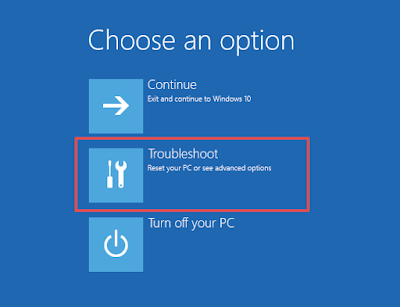
- Click on Advanced Options >> Choose Startup Settings option.
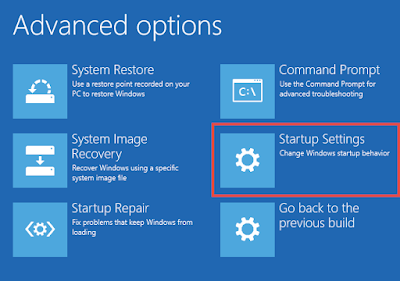
- Select Enable Safe Mode option >> Click Restart button.
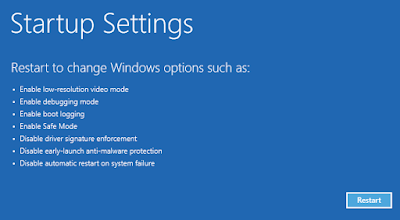
- Press F5 button to Enable Safe Mode With Networking option.
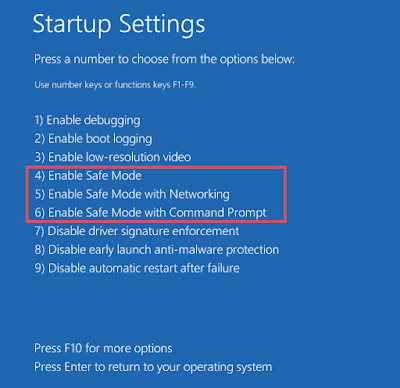
Windows XP/Vista/7
- Click on Start menu >> Select Restart button.
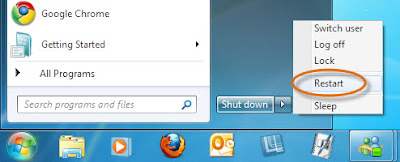
- While OS start booting, Press F8 button continuously.
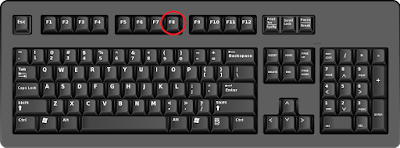
- After that Advance boot menu appear on OS screen.
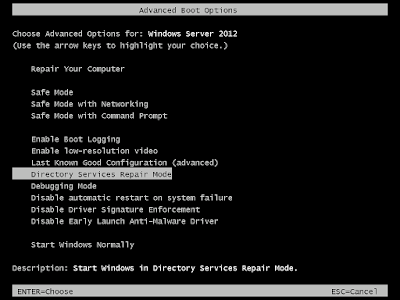
- Select Safe Mode With Networking Option.
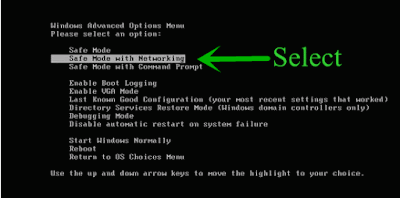
- Finally press Enter button.
Part 2:- Delete microsft0x8024f005aus.tk Pop-up From Control Panel
Windows XP
- Go the Start menu >> Select Control Panel.
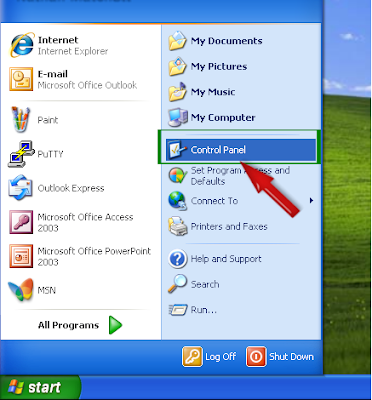
- Click on Add or Delete programs option.
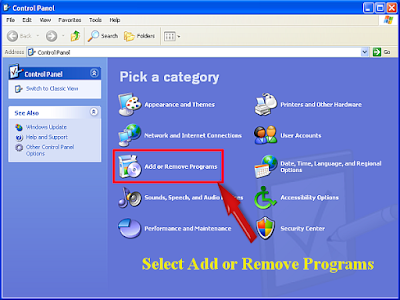
- Search and Delete unwanted program from OS.
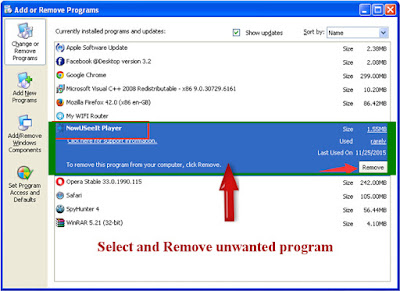
Windows 7
- Click the Windows key.

- Select Control Panel Option.
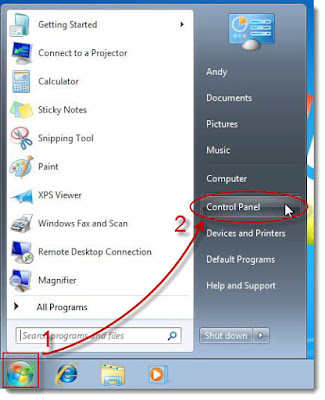
- Select Delete A Programs option.
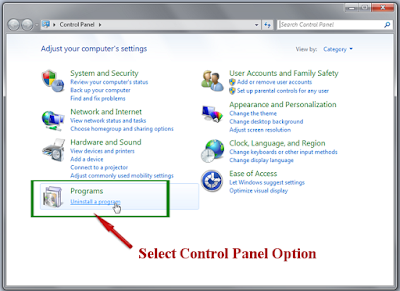
- Select and Delete unwanted program from system.
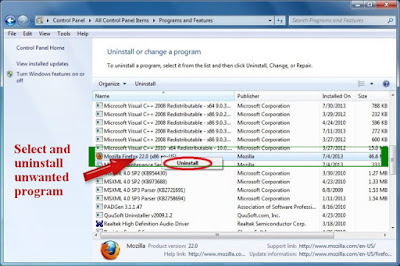
Windows 8
- Press Win+R button to open Run Box.
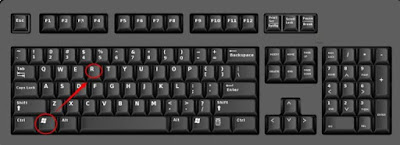
- Type control panel in Run window.
- Press Enter button to open the Control Panel.
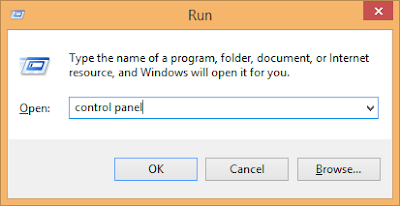
- Select Delete a program.

- Do Right-click microsft0x8024f005aus.tk Pop-up related programs.
- Click Delete option to Delete it completely.

Windows 10
- Press the start button.
- Select Settings option.
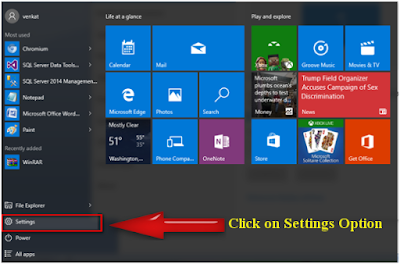
- Choose system option there.

- Click on Apps and Features option.
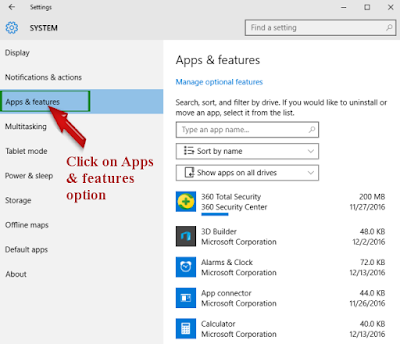
- Select and Delete unwanted program.
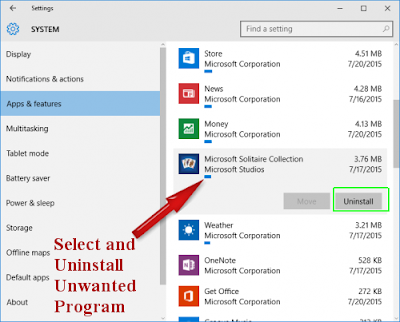
Part 3:- Delete microsft0x8024f005aus.tk Pop-up Related Process From Task Manager
- Press ALT+Ctrl+Del buttons altogether.
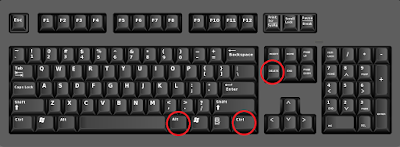
- Choose Windows Task manager option from OS screen.
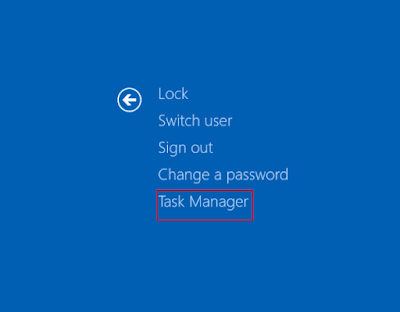
- Select the malicious process.
- Click on End Task button.
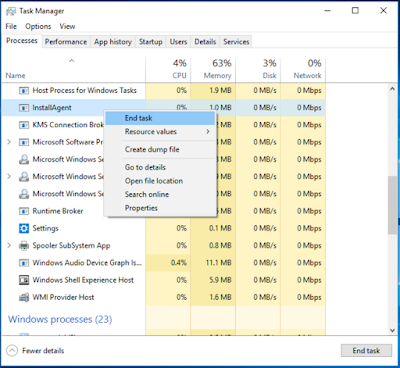
Part 4:- Solution to Delete microsft0x8024f005aus.tk Pop-up From Internet Explorer
From Mozilla Firefox
- Open Mozilla Firefox browser.
- Click on gear icon to open menu.
- Select Add-ons >> Add-ons Manager tab will open.
- Choose Extensions or Appearance panel.
- Choose microsft0x8024f005aus.tk Pop-up add-on you want to Delete.
- Click the Delete button.

From Google Chrome
- Click on great icon to open Chrome menu.
- Now click on the Tools option.
- Go to Extension >> Select unwanted extension.
- Finally click on trash bin icon.

From Internet Explorer
- Open Internet Explorer browser.
- Click on Gear Icon to open Tools.
- Click on Manage Add-ons option.
- Select Toolbars and Extensions tab.
- Find microsft0x8024f005aus.tk Pop-up related add-ons >> Click Disable.
- Click More information button.
- Finally, click on Delete button.

From Microsoft Edge
Microsoft Edge doesn't support extension so you need to reset your
browser homepage.
- Open Microsoft Edge browser.
- Click on More (...) icon >> Go to Settings.
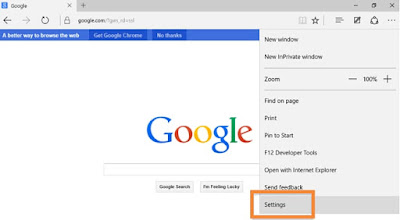
- Select a specific page or pages under Open option.
- Select Custom option.
- Enter URL that you want to set as your browser homepage.

Part 5:- Delete microsft0x8024f005aus.tk Pop-up From Registry Editor
- Pressing Win + R keys together.
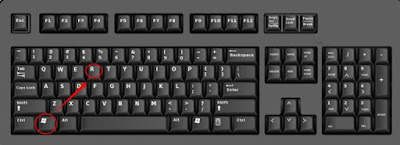
- Type regedit >> Click OK.
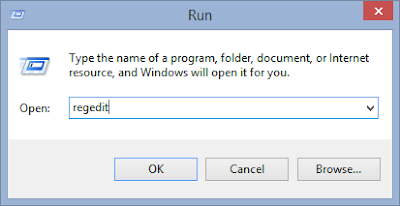
- Find and Delete microsft0x8024f005aus.tk Pop-up related registry files.
HKEY_LOCAL_MACHINESYSTEMCurrentControlSetServicesWpm
HKCU\Software\Microsoft\Windows\CurrentVersion\Internet Settings\random
HKEY_LOCAL_Machine\Software\Classes\[adware name]
HKEY_CURRENT_USER\Software\Microsoft\Windows\CurrentVersion\Run “.exe”
HKEY_CURRENT_USER\Software\Microsoft\Windows\CurrentVersion\Internet Settings “CertificateRevocation” = ’0
HKEY_LOCAL_MACHINE\SOFTWARE\Microsoft\Windows\CurrentVersion\run\random
HKEY_CURRENT_USERSoftwareMicrosoftInternet ExplorerMain “Default_Page_URL”


No comments:
Post a Comment